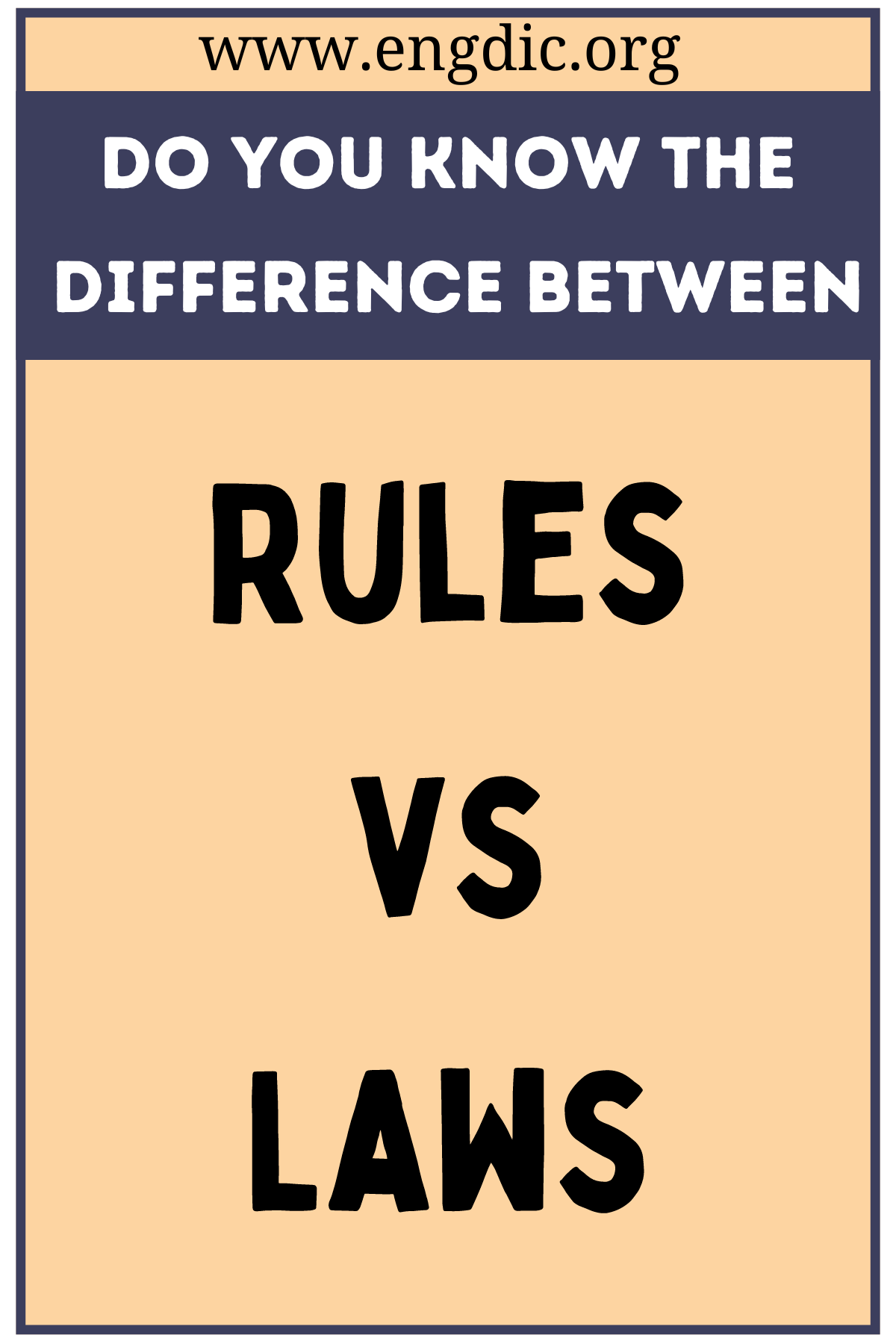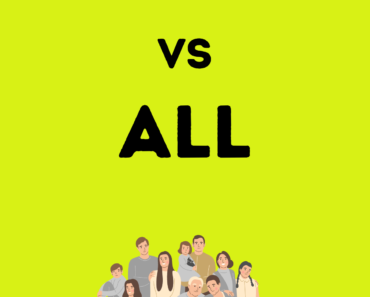Rules and laws, while often used interchangeably, differ in formality and enforceability.
- Rules typically govern behavior in specific settings like organizations or clubs, providing guidelines that can be bent or altered.
- Laws, on the other hand, are formal statutes established by governments to maintain order, carrying legal consequences when violated.
Understanding the distinction is crucial, as rules offer flexibility tailored to niche scenarios, while laws apply broadly with legal backing.
Definition and Usage of Rules
Definition: Rules are guidelines or instructions created by individuals or organizations to govern behavior within a specific context, like a classroom or workplace.
Usage: Rules aim to ensure order and harmony in controlled environments. For instance, a classroom rule might be to raise your hand before speaking. In sports, specific game rules set fair play standards.
- Example 1: In the classroom, breaking a rule might mean losing a privilege, like recess time.
- Example 2: In sports, a player violating a rule may incur a penalty, affecting the game’s outcome.
Definition and Usage of Laws
Definition: Laws are official regulations passed by governmental bodies that mandate behaviors within a society, enforceable through the judiciary system.
Usage: Laws are broader and impact everyone in a given jurisdiction, intending to protect citizens’ rights and maintain societal order. For example, traffic laws set speed limits to ensure road safety.
- Example 1: Breaking a traffic law, like speeding, can result in fines or loss of driving privileges.
- Example 2: Violating a criminal law, such as theft, can lead to severe penalties, including imprisonment.







